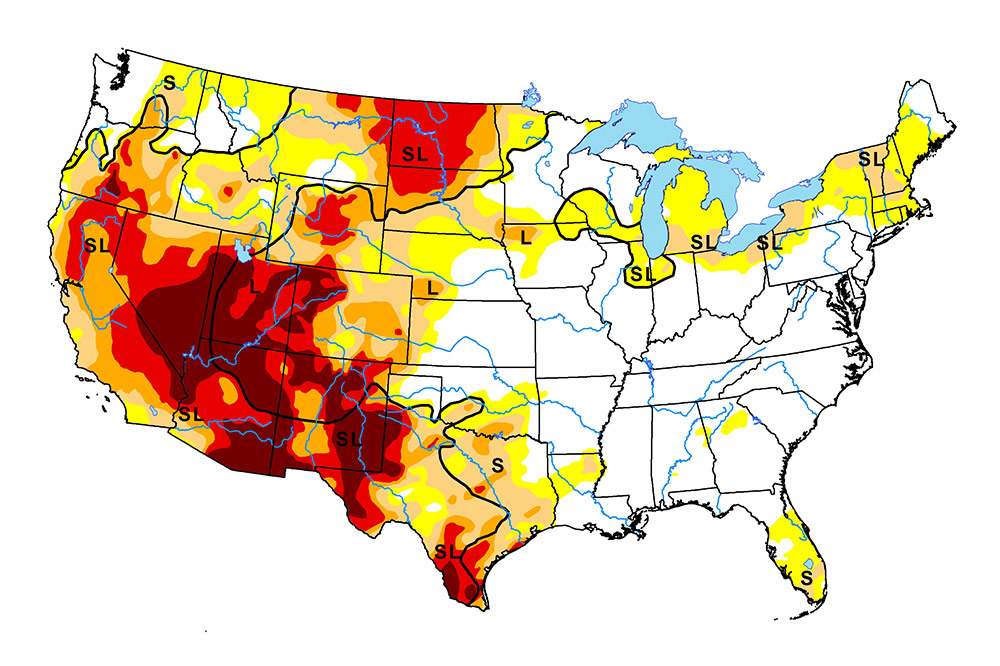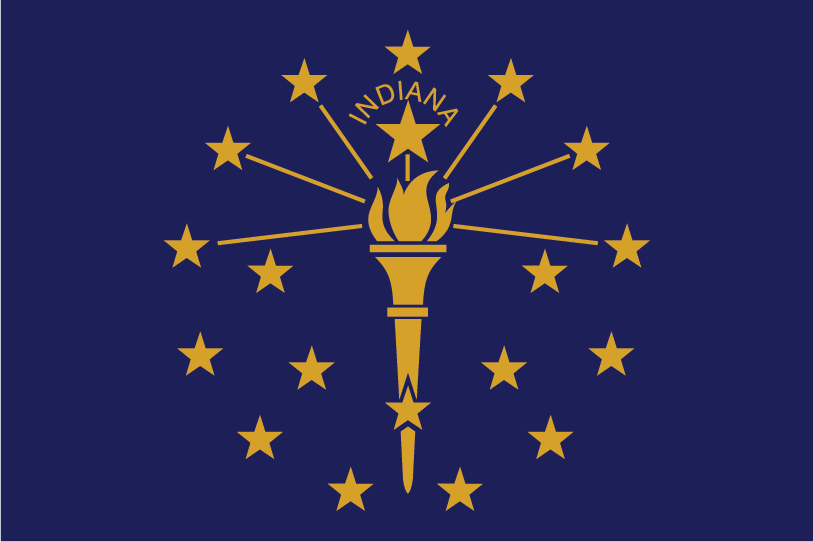The U.S. Department of Agriculture (USDA) has announced the availability of up to $10 million in assistance from USDA’s Wildfire and Hurricane Indemnity Program Plus to assist agricultural producers impacted by the worsening drought conditions in the Klamath River Basin. Water from Upper Klamath Lake will become available to charge Klamath Project canals and allow for limited irrigation no earlier than May 15. Remaining project deliveries will begin no earlier than June 1, according to the Bureau.
“As ongoing drought conditions in the West continue to worsen, USDA is committed to providing help and assistance to producers, Tribes, and communities in the Klamath River Basin impacted by historically low water allocations,” said Gloria Montano Greene, Deputy Under Secretary for Farm Production and Conservation.
USDA has statutory authority under the Wildfire and Hurricane Indemnity Program Plus (WHIP+) to also enter into block grants with states to provide payments to producers to offset losses from hurricanes, wildfires, and other qualifying natural disasters such as drought that occurred in 2018 and 2019. The block-grant process provides an opportunity for the states—including California and Oregon—to deliver the assistance themselves and to tailor the program to specific local conditions and concerns.
This block grant provides a potential opportunity to quickly provide resources that could be distributed to farmers in the Klamath Basin based on the drought losses in 2018 or 2019 in conjunction with the resources provided by the Department of the Interior. By providing this flexibility to the states, the assistance can also be targeted to producers that agree to not use irrigation in 2021, allowing better management of the available water this year.
Eligibility for drought losses is for 2018 or 2019 and requires a D3 drought rating by on the U.S. Drought Monitor in the county for producers in that county to be eligible. States will need to limit payments to 90 percent of the drought losses if the producer had crop insurance or coverage under the Noninsured Crop Disaster Assistance Program (NAP) or 70 percent if they did not have coverage or NAP coverage. Producers receiving the payments will need to purchase crop insurance or NAP in 2021 and 2022 if they plant the same crop in 2021 and 2022, for which that suffered the loss.
Hurricane Indemnity Program Plus (WHIP+) provided payments to producers to offset losses from hurricanes, wildfires, drought and other qualifying natural disasters that occurred in 2018 and 2019. WHIP+ covered losses of crops, trees, bushes, and vines that occurred as a result of those disaster events, milk losses due to adverse weather conditions, and losses to on-farm stored commodities.
According to the U.S. Drought Monitor, portions of the Klamath River Basin region of the country is experiencing drought on a scale of D2 (Severe Drought) to D4 (Exceptional Drought).
The U.S. Drought Monitor is produced through a partnership between the National Drought Mitigation Center at the University of Nebraska-Lincoln, the United States Department of Agriculture, and the National Oceanic and Atmospheric Administration. The Drought Monitor summary map identifies general areas of drought and labels them by intensity. D1 is the least intense level and D4 the most intense. Drought is defined as a moisture deficit bad enough to have social, environmental or economic effects.
USDA will continue to work with the affected communities, states, and Tribal governments to offer help and assistance. USDA encourages farmers and ranchers to contact the Farm Service Agency (FSA) state or county offices to review options and apply for disaster assistance. Visit www.farmers.gov to learn more.
 Benefits.com Advisors
Benefits.com Advisors
With expertise spanning local, state, and federal benefit programs, our team is dedicated to guiding individuals towards the perfect program tailored to their unique circumstances.
Rise to the top with Peak Benefits!
Join our Peak Benefits Newsletter for the latest news, resources, and offers on all things government benefits.


















